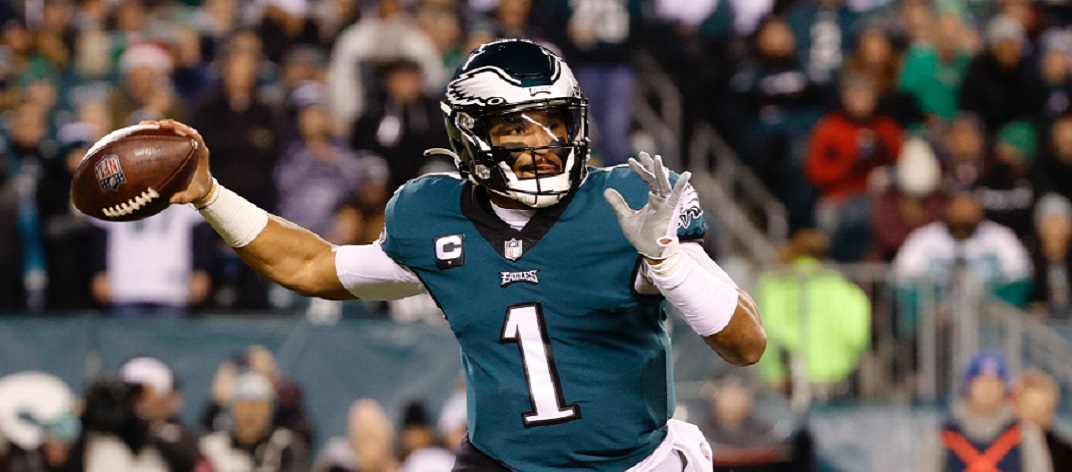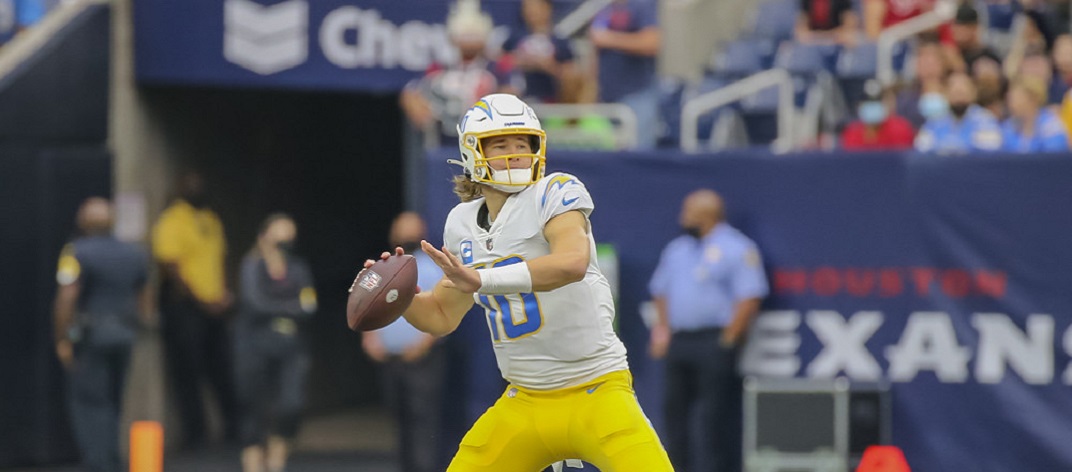Evaluating Running Backs
By Staff Writer John Belaska
It must be restated over and over again. No position is more important to a successful fantasy football season than your running backs. Running backs earn more points than any other position in the game. They are also scarcer than any of the other positions. This makes it a very high priority to get at least one great one in the draft and then have a strong second and good back up. Drafting your main running back is easy, but deciding what to do with that second running back opening in your lineup can be pretty difficult.

Adrian Peterson will be one of the most sought after backs in this year’s fantasy drafts.
Always remember the NFL is a living, breathing organism. It is constantly changing and evolving. If you cannot keep up with its flow, you will not be winning any championships anytime soon. Ten years ago, selecting running backs in fantasy football was easy. You simply had to look at the prior season’s stats and the age of a player and could make an educated guess as to what they would accomplish during the next year. This is no longer the case. In 2002, something horrible happened to fantasy owners. The Carolina Panthers went to the Super Bowl by using a new offensive scheme that utilized not one, but two running backs sharing carries.
Since then, the offensive system known as the running back by committee (RBBC) has spread throughout the NFL. The days of a single running back getting the ball in his hands thirty times a game are over. Now fantasy owners must work twice as hard in order to make sure there most important position is covered. Therefore, it is extremely important to your success to understand how to properly evaluate running backs.
The first step is to gain and understanding of the offense as a whole. In order to do this there are a number of things to look at. Understand how the coaches tend to run the football. Teams who do not use the RBBC approach tend to have the backs that perform best in fantasy football. These are your guys that you target in the first round of the draft. After these few players it becomes much more difficult to choose. Also, look at the makeup of the offense. If a coach or coordinators like to play power football, it means they are going to run the ball more often. If the coach is going to air it up every play, more than likely that team’s running backs are not going to perform as well in fantasy.

Ray Rice‘s 2013 struggles were not only a result of injury, but the result of the Ravens’ poor offensive line.
Then always look at what the offensive line has been doing over the course the offseason. Start by looking at the offensive line rankings from the prior season. From there note if they have made any key acquisitions or if they have lost one of their starters. The better and offensive line is the more holes the running back has to go through and the more yards they can put up.
Finally, look at the quarterback. A good passing offense sets up a good running offense. Understand, this is really only true when it come to elite quarterbacks. When defenses have to take so much time to prep for guys like Peyton Manning or Aaron Rodgers, they typically forget about the running back. This is because they are more concerned about stopping the big play than giving up a small chuck of yards here and there.
After you have an understanding of offenses in general, then you can start looking at the individual running backs. There is one main rule of thumb to follow. Remember it is all about touches.
Touches are the combined number of carries and catches an offensive player receives throughout the course of a game or entire season. The more touches a player gets, the more opportunities they have to put up fantasy points. After looking at touches you should break the number down into its two categories, carries and receptions. When you look at the number of carries a running back received throughout the course of the season, you should also check the yard per carry average. The higher this number is, the more productive that running back was in terms of rushing yards.
Though we typically think of running backs in terms of rushing yards and rushing touchdowns, do not forget about receptions. “Receptions” is a fancy term for catches. Receptions mean receiving yards and receiving touchdowns. These yards are normally award the small amount of points as their rushing counterpart. With offenses starting to pass more and more, running backs that can catch the ball out of the backfield are becoming very popular because it means they are not leaving the field in those passing situations.

Danny Woodhead is a member of one of the most crowded backfields in the NFL. The Chargers will be splitting his touches with Ryan Matthews and Donald Brown in 2014.
Using this system ten years ago to decide on your starting running backs would have been a more than sufficient amount of research. It is still the best way to decide which top back you would like to select in your fantasy draft. However, this system becomes more complicated the further your get in the draft due to the rise of RBBC’s in the NFL.
When trying to decide on running back that play in these type of offensive system, you will need to take this a step further. First you must figure out all the running backs on the team and see who is getting the most touches. Then you take the top two guys number of carries and divide it by the number of games played. Do not divide by the number of games started because only one running back will start. Then one who got the most touches per game played, not game started, is typically the back you can trust to put up more fantasy points.
After figuring this out, you should look at the actual roles the backs play in their RBBC. The bigger back will take more carries between the tackles. They will not put up tons of yards, but they always have a better chance of scoring because they will be taking the majority of carries in the red zone. On the other hand, the smaller back, referred to as a “scat back”, has the opportunity to put up more yards and more big plays. This is because they are used in situations that call for speed such as third and longs. They will typically be the better pass catcher of the two types.
You then can use this information to decide which back you would prefer. This requires you to know your need. If you are looking for a consistent player who can point up a moderate number of points week in and week out, go with the bigger back. This is simply because they have a better shot of scoring. However, if you are in need of a player who might be able to put up a huge amount of points one week, you should choose the scat back. They have a much better potential to outperform the larger back, but they can also be a bust.
Regardless of what type of running back you are looking at starting, always be aware of the full back. Full backs serve two functions. Normally, they are used as a blocker for the running back. Some will actually be handed the ball. They are really only given the ball in goal line situations. This means they might steal a much needed touchdown for your guy. Check to see how many yards and touchdown the full back got before deciding one a running back.
One more thing to consider is the player’s injury history. Understand Adrian Peterson’s 2000 yard season is not the norm. Usually, if a player gets a massive season ending injury, the pain will lag into the next season and hurt their performance. Do not base your opinion on one injury though. If a player was healthy his entire career and had one season ending injury it does not mean they are prone to injury. Being prone to injury is much different than getting injured. Injury prone means the player is constantly missing games every season for one reason or another. These are the types of running backs you should absolutely stay away from. However, if a player had never missed games due to injury before having a problem, they should not be counted as injury prone. Therefore, they are an option worth considering.

Texan’s Arian Foster may have missed most of last season due to injury, but prior to 2013, he has had a clean bill of health and been an absolute monster. He is worth drafting and could be a total steal in 2014 fantasy drafts.
Finally, when you are drafting your team always remember there is a waiver wire. Every single year new players emerge as true fantasy stars. If you do not have two stud running backs after the first two rounds of the draft you do not need to fear. You never need to reach on running backs or wide receivers. Always get a good value for your pick. Somebody will be there later who is worth drafting at that position. If you are not strong at the running back position early in the draft, you can easily make up for it by drafting good player at other positions. Then you just need to be committed to watching the waiver wire for the next break out stud. To find this player, you use the same steps you used when researching who you should draft: understand the offensive style, track the touches, and see if there is any competition for carries.


